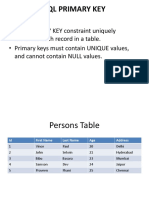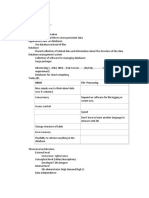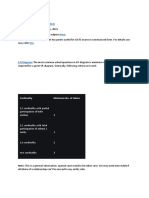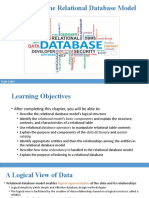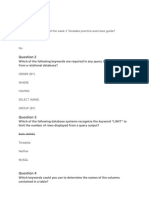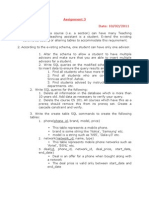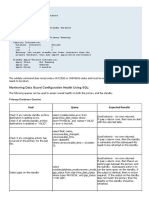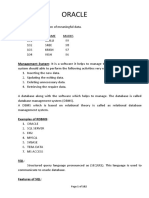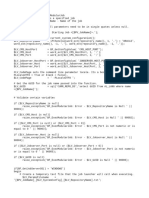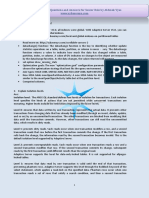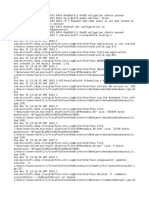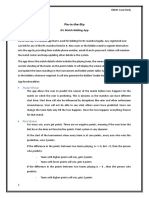0% found this document useful (0 votes)
11 views15 pagesUnit 2 Dbms
The document provides an overview of the Relational Model, including its key components such as tuples, attributes, and keys, as well as important rules and constraints. It also introduces Relational Algebra and Calculus, aggregate functions, joins, and views in SQL, explaining their purposes and providing examples. Additionally, it covers Transaction Control Language (TCL) commands for managing database transactions.
Uploaded by
fosefan745Copyright
© © All Rights Reserved
We take content rights seriously. If you suspect this is your content, claim it here.
Available Formats
Download as PDF, TXT or read online on Scribd
0% found this document useful (0 votes)
11 views15 pagesUnit 2 Dbms
The document provides an overview of the Relational Model, including its key components such as tuples, attributes, and keys, as well as important rules and constraints. It also introduces Relational Algebra and Calculus, aggregate functions, joins, and views in SQL, explaining their purposes and providing examples. Additionally, it covers Transaction Control Language (TCL) commands for managing database transactions.
Uploaded by
fosefan745Copyright
© © All Rights Reserved
We take content rights seriously. If you suspect this is your content, claim it here.
Available Formats
Download as PDF, TXT or read online on Scribd
/ 15










